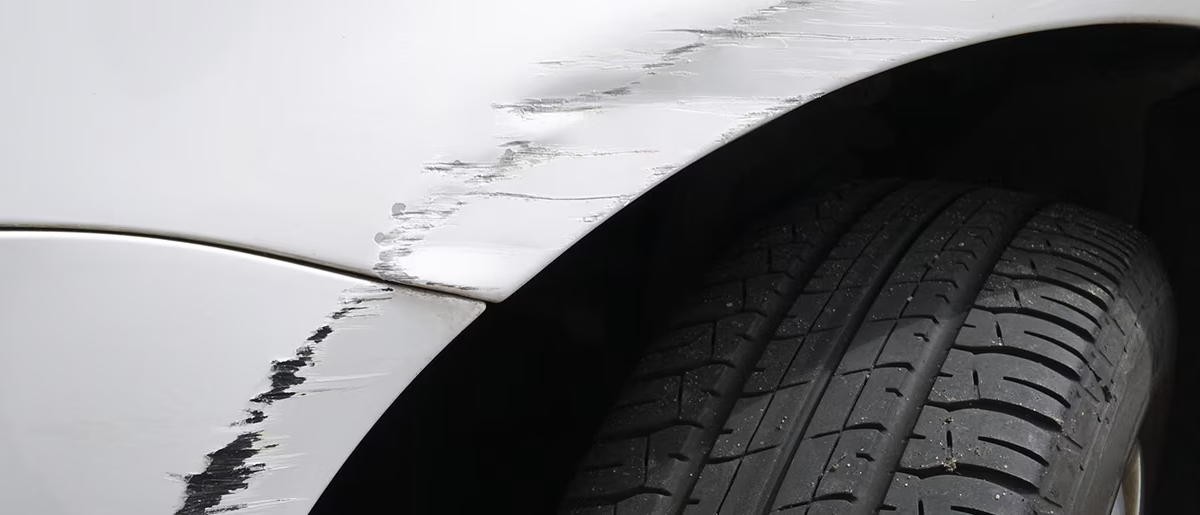
Why Are Deep Scratches More Costly to Repair Than Surface Marks?
Meta Description: Deep car scratches often require more than just a quick fix. Learn why they cost significantly more to repair than surface marks and what’s involved in restoring your car’s finish.
Your car’s paint doesn’t just make it look good—it protects the metal underneath from corrosion, moisture, and wear. So when it’s scratched, the damage may be more than skin-deep. While minor surface marks can often be polished out easily, deep scratches that cut through multiple layers of paint are a whole different story—and a lot more expensive to fix.
Understanding the difference between scratch depths is key to understanding why repair costs vary so much. Here’s a breakdown of what makes deep scratches more complex and costly than simple scuffs.
1. Layered Paint Systems: What Gets Damaged
Most modern vehicles have a multi-layer paint structure:
- Clear coat (top, protective layer)
- Base color coat
- Primer
- Bare metal or plastic panel
Surface Marks usually only affect the clear coat.
They’re typically caused by:
- Brushes at automated car washes
- Minor keying or contact with branches
- Improper wiping during cleaning
Deep Scratches, on the other hand, often penetrate:
- Through the clear coat and color
- Into the primer or down to the metal
This exposes the vehicle to rust and can’t be fixed with a simple buff or polish.
2. Repair Time and Materials Required
Dealing with a deep scratch isn’t just about touching up the paint—it’s about rebuilding multiple layers:
- Sanding to smooth out the area
- Filling to rebuild surface texture
- Color-matching the base paint to the original factory finish
- Priming and sealing
- Reapplying clear coat
- Curing and polishing
Each of these steps adds time, labor, and material costs to the job—especially when using manufacturer-approved paints and processes.
3. Repainting and Color Matching
Even minor errors in color matching are easily noticeable—especially on larger panels like doors or hoods. That’s why deep scratch repair usually requires blending adjacent panels to make the finish seamless.
Blending takes more time and requires skill, increasing the overall cost.
4. The Risk of Rust and Structural Damage
Deep scratches that reach bare metal can lead to:
- Corrosion and rust
- Spread of damage beneath the surface
- Weakened structural integrity
Repairing rust damage later is far more expensive than addressing the deep scratch early. That’s why quality services like Automobicon car scratch repair prioritize timely and thorough treatment for deeper blemishes.
Automobicon’s repair specialists follow a meticulous process to ensure scratches don’t just look fixed—they’re structurally corrected and protected long-term.
5. Equipment and Expertise
Fixing a deep scratch professionally requires:
- High-end tools (spray booths, color scanners, infrared dryers)
- Certified technicians
- Strict safety and finish standards
All of these elements contribute to the cost—but they also ensure a result that blends flawlessly and protects your car for years.
When Should You Opt for Professional Repair?
Choose professional service if:
- The scratch is longer than 2 inches
- You can feel the scratch with your fingernail
- Metal or primer is exposed
- You plan to sell or lease the car
Minor surface marks can often be buffed or polished at home—but deeper damage should always be evaluated by a technician.
Conclusion
The reason deep scratches cost more to repair than surface marks comes down to complexity, risk, and restoration effort. You’re not just repainting—you’re rebuilding protective layers, matching finishes, and preventing rust. Trusting experienced providers like Automobicon car scratch repair ensures your vehicle is repaired right the first time, with results that protect both appearance and value.

